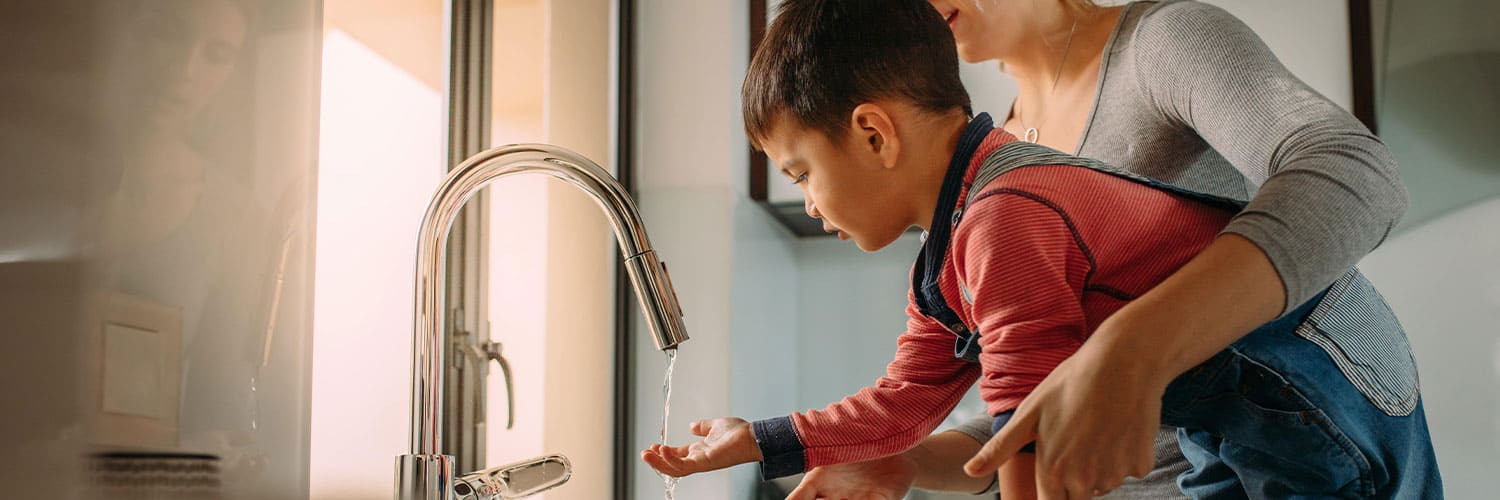Caring for Your Home's Hot Water System: Important TipsSteps to Prolong the Lifespan of Your Home's Hot Water System Through Maintenance
Caring for Your Home's Hot Water System: Important TipsSteps to Prolong the Lifespan of Your Home's Hot Water System Through Maintenance
Blog Article
Just about everyone will have their private way of thinking on the subject of Tips For Maintaining Your Hot Water Heater.

Warm water is vital for everyday convenience, whether it's for a rejuvenating shower or washing meals. To guarantee your warm water system runs efficiently and lasts much longer, regular maintenance is crucial. This write-up provides useful suggestions and insights on just how to maintain your home's warm water system to avoid interruptions and expensive repair services.
Introduction
Preserving your home's hot water system might seem difficult, however with a couple of straightforward actions, you can guarantee it runs efficiently for years to come. This guide covers everything from understanding your hot water system to DIY maintenance tips and knowing when to hire expert assistance.
Significance of Preserving Your Hot Water System
Regular maintenance not only extends the lifespan of your hot water system yet additionally guarantees it runs successfully. Ignoring upkeep can cause decreased efficiency, higher power costs, and also early failure of the system.
Indications Your Warm Water System Demands Maintenance
Knowing when your hot water system requires focus can stop significant problems. Look out for signs such as irregular water temperature, odd noises from the heater, or rusty water.
Recognizing Your Warm Water System
Before diving into upkeep jobs, it's valuable to comprehend the basic parts of your warm water system. Usually, this includes the hot water heater itself, pipelines, anode rods, and temperature controls.
Month-to-month Upkeep Tasks
Regular monthly checks can aid catch minor concerns before they escalate.
Purging the Hot Water Heater
Flushing your hot water heater eliminates sediment build-up, enhancing effectiveness and prolonging its life.
Monitoring and Replacing Anode Rods
Anode poles stop corrosion inside the container. Checking and replacing them when broken is important.
Inspecting and Readjusting Temperature Setups
Changing the temperature setups ensures optimum performance and safety and security.
DIY Tips for Upkeep
You can carry out several upkeep tasks on your own to keep your warm water system in top problem.
Checking for Leaks
Regularly examine pipelines and connections for leakages, as these can result in water damages and higher costs.
Evaluating Stress Relief Valves
Checking the pressure safety valve guarantees it works appropriately and avoids too much pressure accumulation.
Shielding Pipelines
Insulating warm water pipes decreases warmth loss and can save power.
When to Call a Professional
While DIY upkeep is advantageous, some problems require expert experience.
Complicated Concerns Requiring Expert Aid
Examples include significant leakages, electrical issues, or if your hot water heater is consistently underperforming.
Regular Specialist Maintenance Advantages
Expert upkeep can consist of comprehensive evaluations, tune-ups, and guaranteeing conformity with safety and security standards.
Conclusion
Routine upkeep of your home's warm water system is essential for effectiveness, durability, and price financial savings. By following these suggestions and understanding when to look for specialist help, you can guarantee a dependable supply of hot water without unforeseen interruptions.
How to Maintain an Instant Hot Water Heater
Before tinkering with your hot water heater, make sure that it’s not powered on. You also have to turn off the main circuit breaker and shut off the main gas line to prevent accidents. Also turn off the water valves connected to your unit to prevent water from flowing into and out of the appliance. 2. When you’re done, you have to detach the purge valves’ caps. These look like the letter “T” and are situated on either side of the water valves. Doing so will release any pressure that has accumulated inside the valves while at the same time avoid hot water from shooting out and burning your skin. 3. When the purge valves’ caps are removed, you have to connect your hosing lines to the valves. Your unit should have come with three hoses but if it didn’t, you can purchase these things from any hardware or home repair shops. You can also get them from retail stores that sell water heating systems. Read the user’s manual and follow it to complete this task properly. When the hosing lines are connected, open the purge port’s valves. 4. You should never use harsh chemical cleaners or solutions when cleaning your unit. Make use of white vinegar instead. It should be undiluted and you’ll probably use about 2 gallons. 5. Now flush your water heater. This task should probably take about 40 minutes. We can’t give you specific directions for this because the procedure is carried out depending on the type, model and brand of your heater. With that being said, refer to the user’s manual. 6. When you’re done draining the unit, you have to turn off the purge port valves again. Remove the hosing lines that you earlier installed on each of the water valves. Put the valve caps (purge port) back in their respective places and be very careful so as not to damage the rubber discs that are found inside these caps. 7. Now that everything’s back in place, check your user’s manual again to find out how to reactivate your water heating system. 8. Once it is working, turn one of your hot water faucets on just to let air pass through the heater’s water supply pipes. Leave the tap on until water flows smoothly out of it. https://www.orrplumbing.com/blog/2014/september/how-to-maintain-an-instant-hot-water-heater/

Hopefully you enjoyed our excerpt on How to Maintain a Hot Water Heater in a Few Simple Steps. Thanks a lot for taking a few minutes to read through our article post. Remember to take the time to promote this blog entry if you liked it. I take joy in your readership.
Get A Quote Report this page